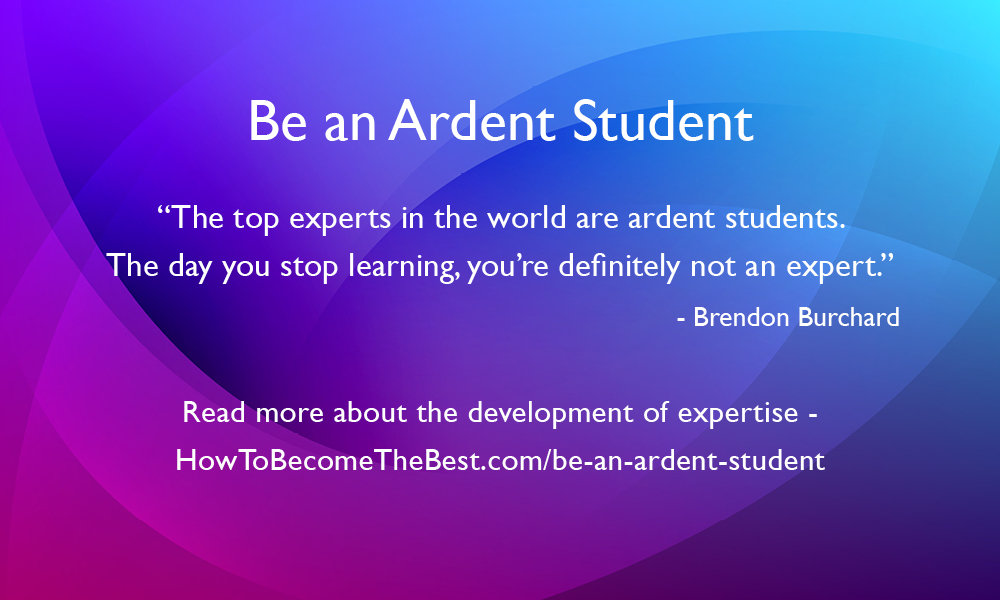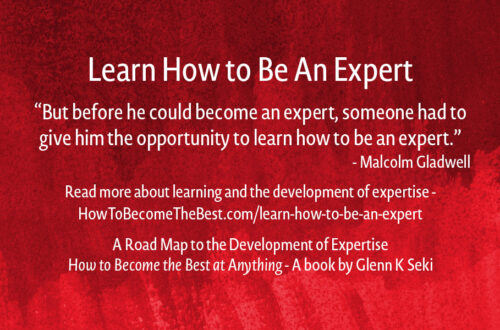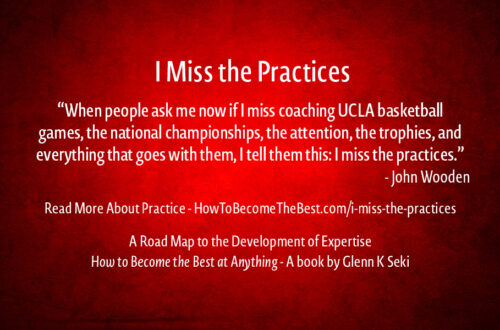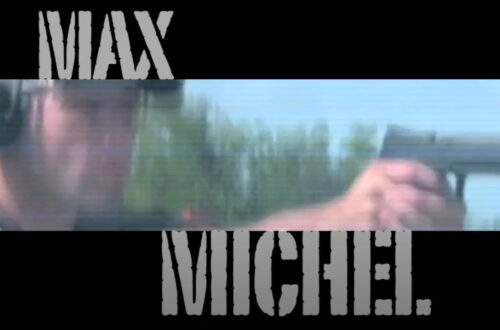“The top experts in the world are ardent students. The day you stop learning, you’re definitely not an expert.” – Brendon Burchard
An excerpt from How To Become The Best at Anything, Chapter 8, Deliberate Practice and Learning
Learning
“When you are trying to learn something new or you are teaching someone something new, it can be a very daunting task. It is difficult because learning something new is not easy, but it can be made easier if you understand how learning works.
Learning can be divided into four basic parts: concepts (definitions and examples), processes (how it works sequences), principles (cause and effect relationships), and productions (procedures/classifications).”
Concepts
“Here’s a common example of a concept: a chair. You can look at one and tell right away that it is a chair. A chair can have four legs, three legs, two legs, one leg, or no legs. A chair can have more than four legs. Your memory stores a definition and examples of chairs. You have learned the concept of a chair. To learn a new concept, you need a definition and examples of the concept.
Learning a concept sounds easy, and it is. However, you can run into problems when you have a lot of new concepts to learn in a short amount of time. In a typical high school biology class, a student will be given more vocabulary to learn (concepts) than in an average first-year high school foreign language class. I taught high school biology and many of my students struggled with the vocabulary. I would help them learn the new concepts by presenting them in different ways. They would first be exposed to the new concepts in their homework. Then in a lab, then in an exercise, and then in group work that would push them to apply the concepts in different ways and would show them how the concepts fit in with processes, principles, and productions.”
Processes
“A process is a “how it works sequence.” An example is how radar (radio detection and ranging) works. You have probably seen a radar device in movies and on television. Someone is looking at a screen and they are watching an airplane or missile in flight as it approaches.
A magnetron generates high-frequency radio waves, which are then sent to an antenna. The antenna acts as a transmitter, sending a narrow beam of radio waves through the air. The radio waves hit the airplane and are reflected back. The antenna picks up these reflected waves (usually the same antenna). The signal is then sent to a receiver. A computer in the receiver processes the reflected waves and renders them on the screen.
The sequence: antenna sends electromagnetic waves out – electromagnetic waves hit the airplane – electromagnetic waves reflect back – antenna receives the electromagnetic waves – computer draws them on a screen. Since you know the direction you sent out the electromagnetic waves, the speed of the electromagnetic waves and you know the time that has expired, you know the distance and direction to the plane.
Simple? Maybe not. You had to understand a number of concepts; electromagnetic waves, antenna, airplane, reflection, magnetron, etc. You probably didn’t know the concept, magnetron (a magnetron is a high-powered vacuum tube that works as a self-excited microwave oscillator), and this was a simplified version of how radar works. To learn a process, you need to have already learned the concepts in the process.
Remember Alma, the musical child prodigy? She has a process she has developed for when she gets “stuck” in a composition. In her mind, she goes to an imaginary country which she has invented, that is populated with many composers that write in their own style of emotion. She will ask them for advice and “quite often, they come up with very interesting things.” While I was unable to find her exact step-by-step process, she definitely seems to have a very elaborate process to help her when she gets ‘stuck.’”
Read more about Alma and learning in How To Become The Best at Anything





